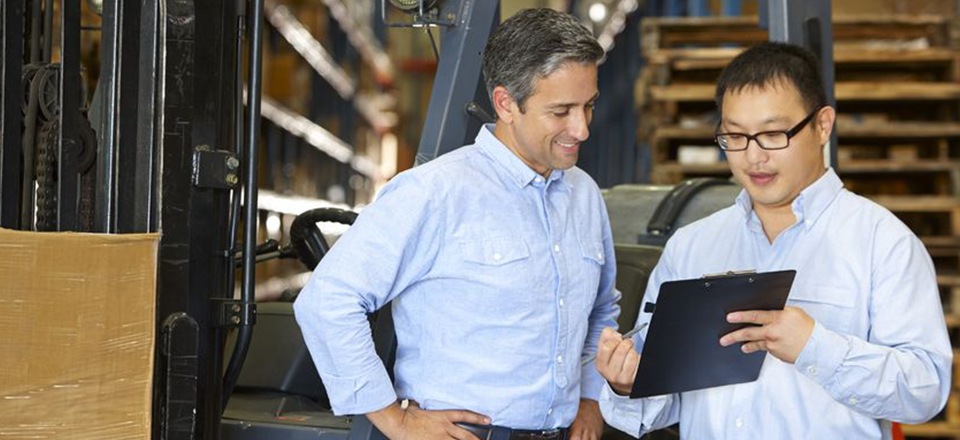Unless you’re managing a fully automated warehouse or (network of warehouses), a high-performance warehouse workforce is as critical to success as any technology solution you might invest in; any best practice you implement, and any strategy developed to maximise productivity and efficiency.
Warehousing is, in the main, still a bastion of manual labour, and warehouse workforce performance can’t be wholly determined or driven by the technology and equipment your people have at their disposal. Safety, productivity, quality, and efficiency are all dependent on workforce behaviours and effective management by those who (dare I say the “S” word?) supervise its members.
The Importance of Accountability
Accountability is an active ingredient for a high-performance warehouse workforce and therefore, a necessity for high-performance warehouse operation.
When accountability is lacking, the warehouse becomes less safe, picking errors and other mistakes impact performance and quality, and insufficient mind is paid to any procedures and policies you might have in place.
On the other hand, when every member of the warehouse workforce knows, without doubt, that they are accountable for their actions or omissions, the warehouse is a much easier place to manage.
“Accountability breeds response-ability.” – Stephen R. Covey
Carrots, Sticks, and Technology in the Warehouse
While nobody (in their right mind) enjoys using the “stick” to manage people, it’s an essential counterpoint to the carrot, which alone will not support the development of a high-performance warehouse workforce.
Incentives, empowerment, and self-direction can encourage the warehouse workforce to raise performance, but accountability—which comes from the knowledge of consequences for errant behaviour—is the instrument necessary to ensure performance remains consistent.
Furthermore, if effective workforce training, supervision, and face-to-face communication are in place, a need to wield the stick (in the form of disciplinary action against warehouse operatives) should rarely arise.
The knowledge of accountability is usually sufficient to ensure desired behaviours and practices are followed by the warehouse workforce. Unfortunately though, training, supervision, and communication are increasingly being forsaken by warehouse management teams, in the belief that technology can take their place.
Managing the High-performance Warehouse Workforce
The truth of the matter is this: there is not a labour management, warehouse management, or other management system in the world that can substitute physical supervision on the warehouse floor. Of course such supervision must be fair, consistent and exercised in a way that makes warehouse workers feel they have guidance and leadership, rather than a whip being waved over their heads.
The key requirements to manage a high-performance warehouse workforce and to ensure accountability are as follows:
- Clearly documented policies and procedures
- Clear communication of consequences when policies and procedures are contravened
- Fair and consistent warehouse workforce supervision
- Comprehensive training for warehouse workers, followed by tests to ensure employees have understood and that training objectives have been met
- Disciplinary measures (when necessary) based on actions observed, not on the outcomes of those actions
The last point on this list is particularly important, and warrants some clarification. Effective supervision requires that corrective, and if required, disciplinary action should be taken whenever a warehouse worker is observed:
- Working unsafely
- Working in a way which is detrimental to quality
- In contravention of your policies and procedural guidelines or work instructions.
Don’t make the mistake of taking action only when the consequences of inappropriate behaviour become known, such as when a customer complaint is received or an accident has occurred. Effective supervision, like any aspect of warehouse performance management, is proactive, not reactive.
Accountability up the Line
If you want to run a high-performance warehouse, accountability must be instilled all the way from the shop floor to the top floor. If a warehouse worker contravenes policy, she should be corrected or if necessary, disciplined. If her supervisor does not take the necessary corrective action, then she should be accountable for what is effectively a failure to manage—and so on up the line.
In these days of system-guided warehouse tasks, alerts, and analytics, the temptation to avoid physical supervision can be strong, but unless you are relying on full automation to ensure a high-performance warehouse operation, there is simply no substitute for personal supervision and a workforce held accountable for its actions, behaviours and adherence to standards.


It’s impressing to read
Thanks, Ansasire! Glad to hear that you’re impressed!